Coplanar waveguides are used to reduce the trace width of the transmission line. They are also used on single-layer boards that lack a ground plane.

(This image shows CPW with a ground plane, but you can have CPW on a single-layer board)
As a rule of thumb, for standard 50-Ohm microstrip, the trace width (w) is approximately twice the distance between the trace and ground plane (h). If you have a 62-mil, 2-layer board, this makes for a very thick (~120mil) microstrip!
For comparison, for the same board, you could get close to 50-Ohm using a 40-mil wide trace with a 5-mil gap to the coplanar ground planes.
These numbers are only estimates. Make sure you do the calculations.
CPW geometries can be tricky to calculate. Many of the estimations out there require certain assumptions, such as that the gap (w) is significantly smaller than the board thickness (h). To paraphrase Kraig Mitzner, an attempted CPW design often results in an accidental microstrip.
I recommend using a field solver to avoid these pitfalls. If you don't have access to one, there is a good free (GPL) solver called TNT.
